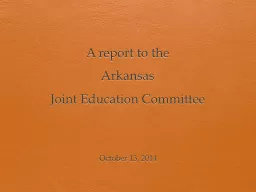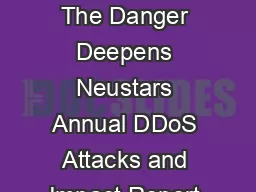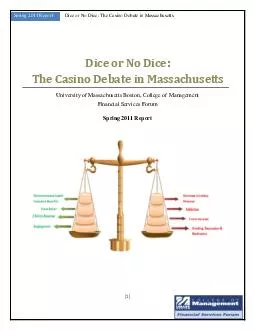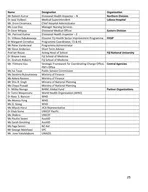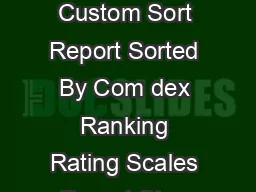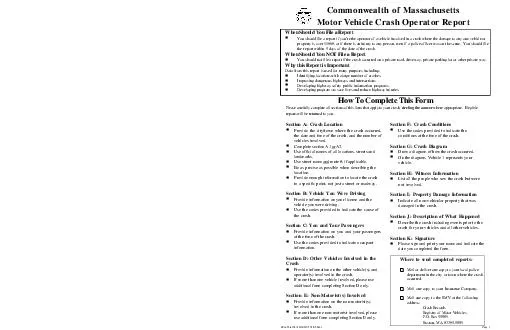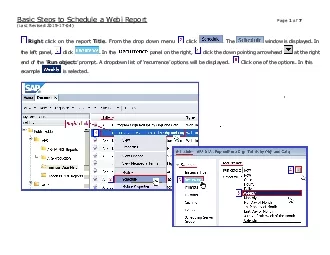PPT-A report to the
Author : calandra-battersby | Published Date : 2016-07-23
Arkansas Joint Education Committee October 13 2014 ACT 222 of 2009 An Act to Strengthen the System of Arkansas Educational Leadership Development and for other
Presentation Embed Code
Download Presentation
Download Presentation The PPT/PDF document "A report to the" is the property of its rightful owner. Permission is granted to download and print the materials on this website for personal, non-commercial use only, and to display it on your personal computer provided you do not modify the materials and that you retain all copyright notices contained in the materials. By downloading content from our website, you accept the terms of this agreement.
A report to the: Transcript
Download Rules Of Document
"A report to the"The content belongs to its owner. You may download and print it for personal use, without modification, and keep all copyright notices. By downloading, you agree to these terms.
Related Documents

